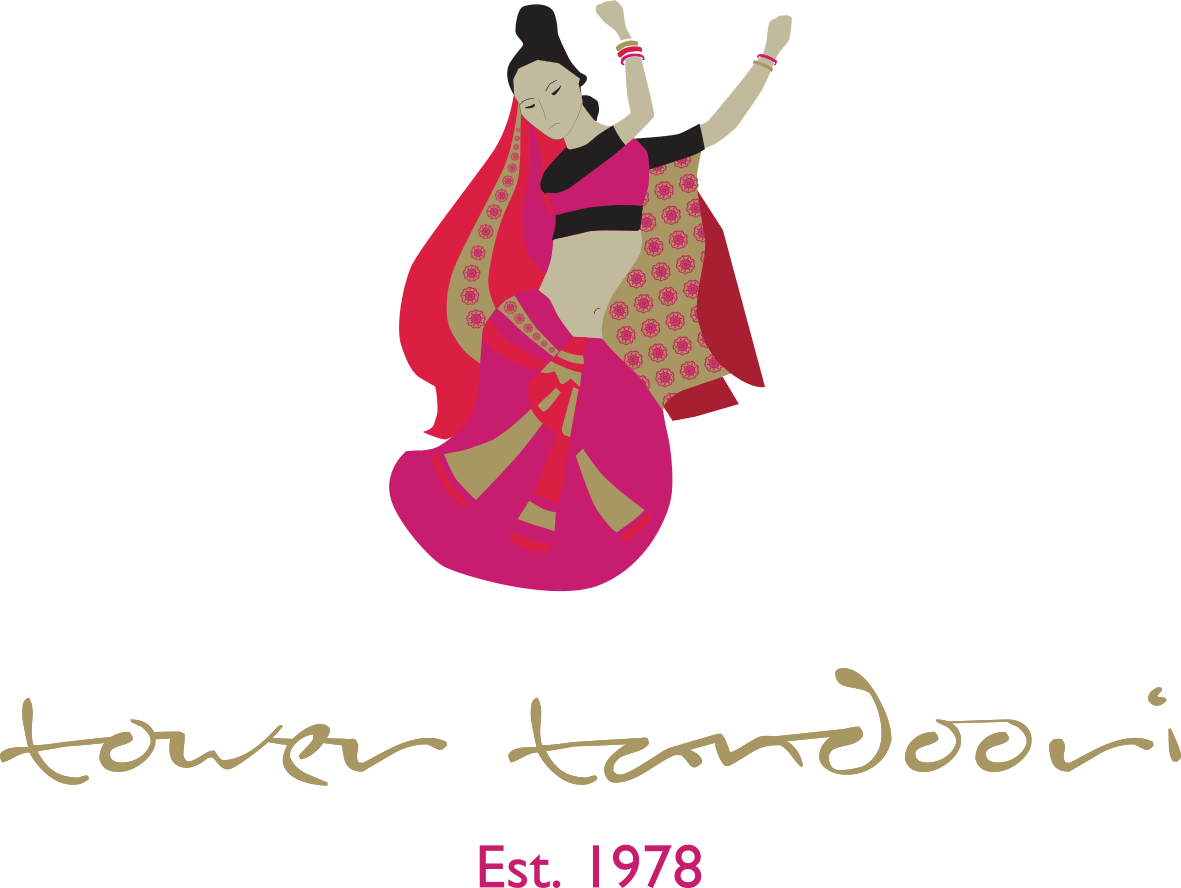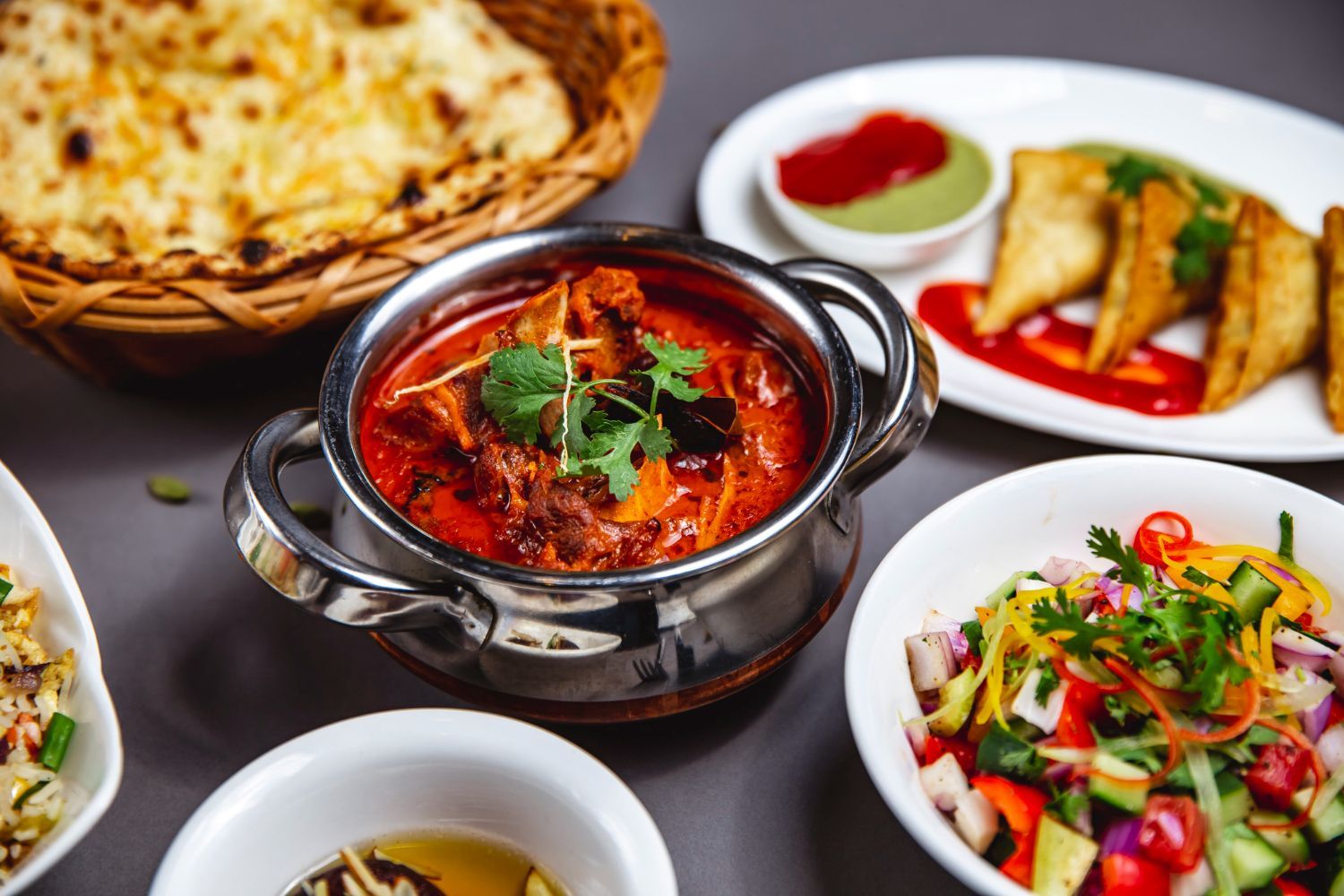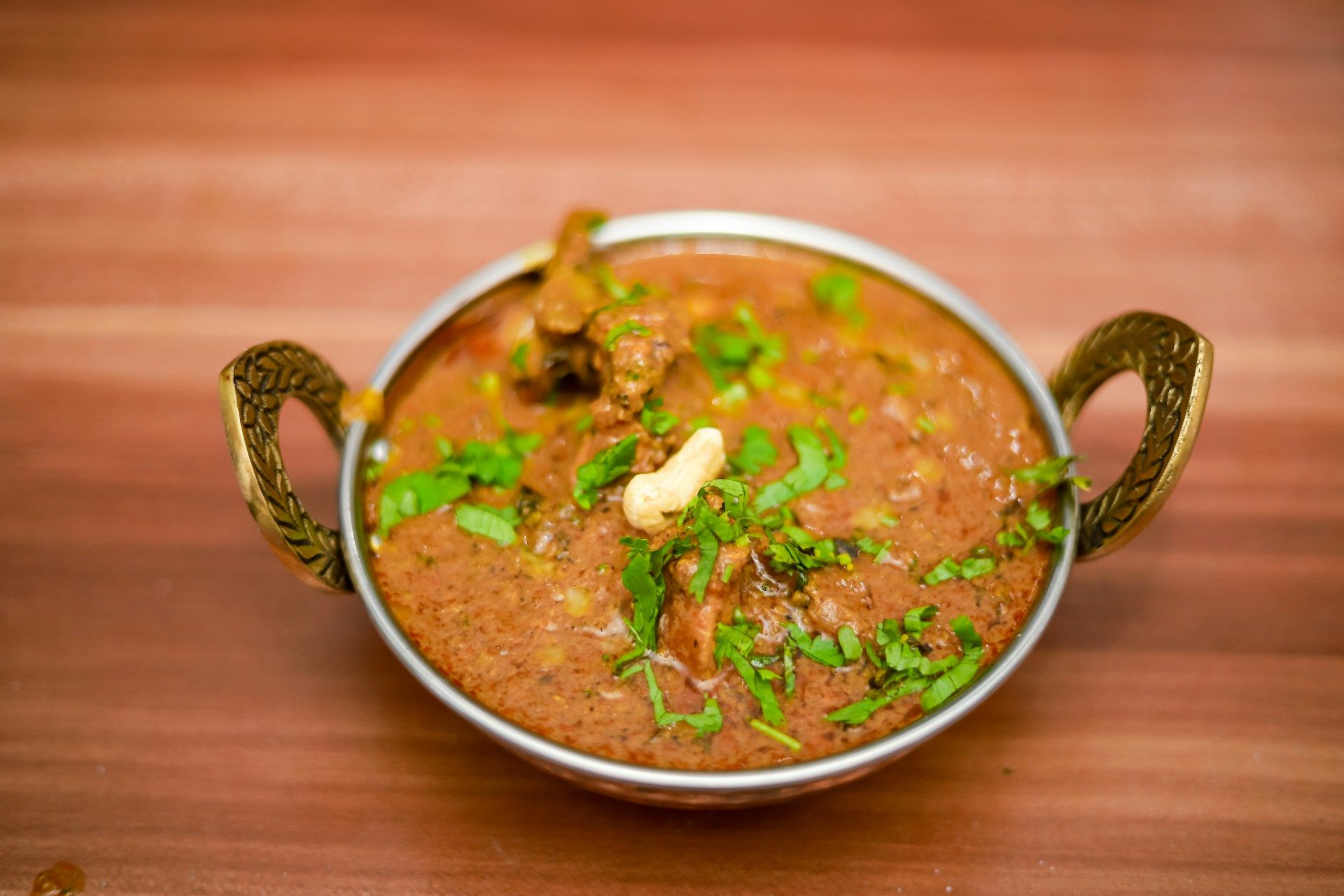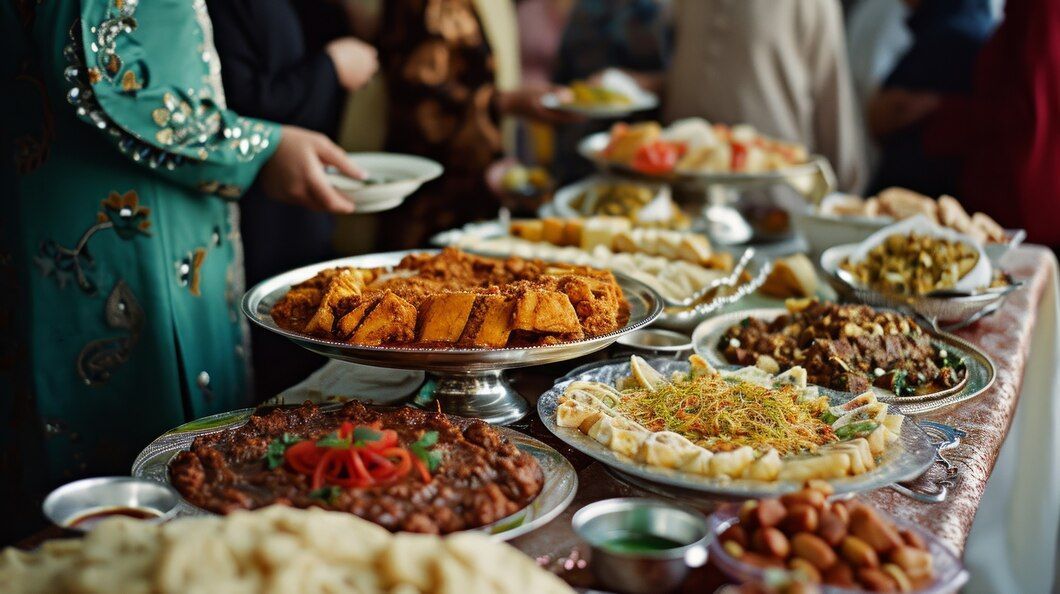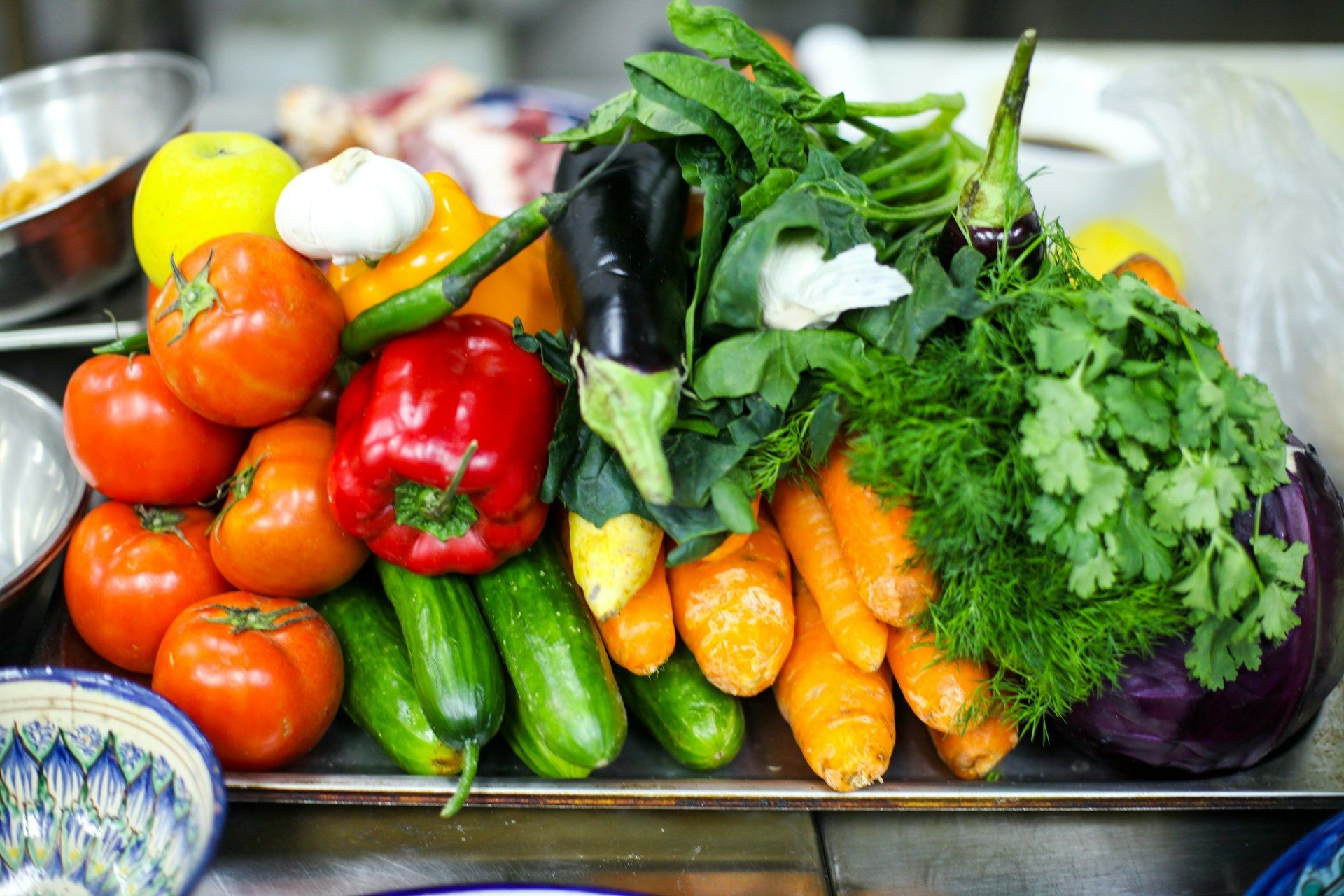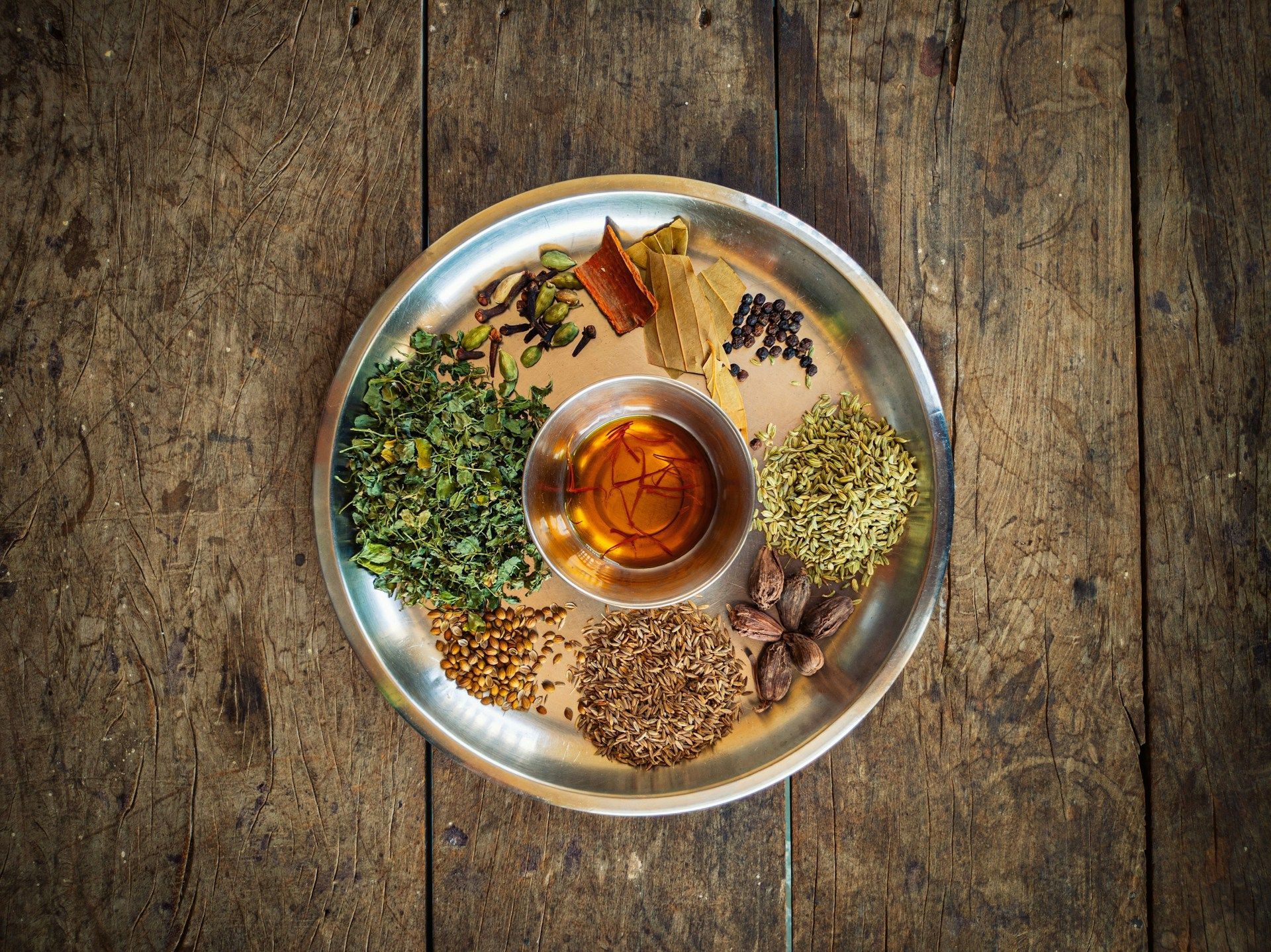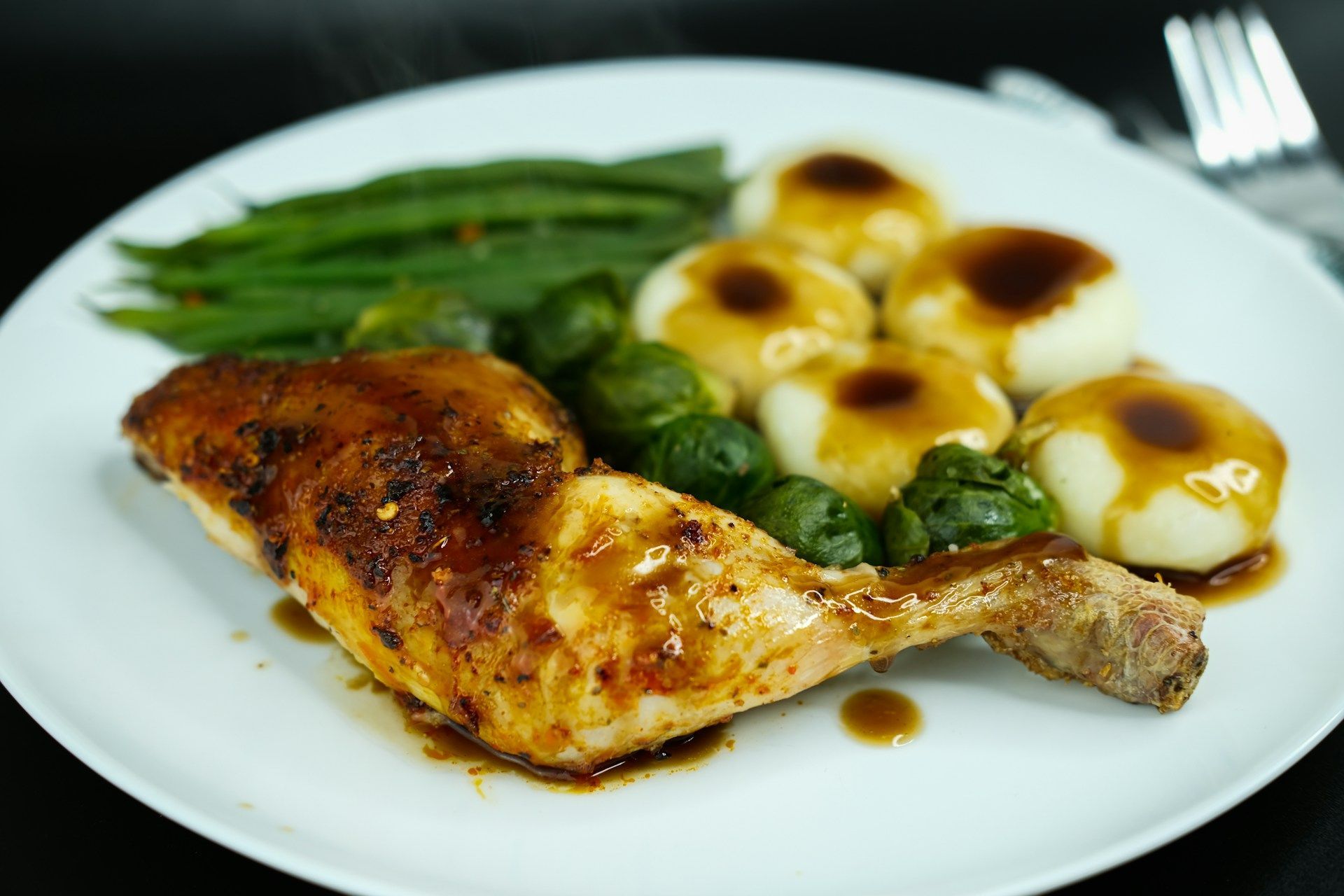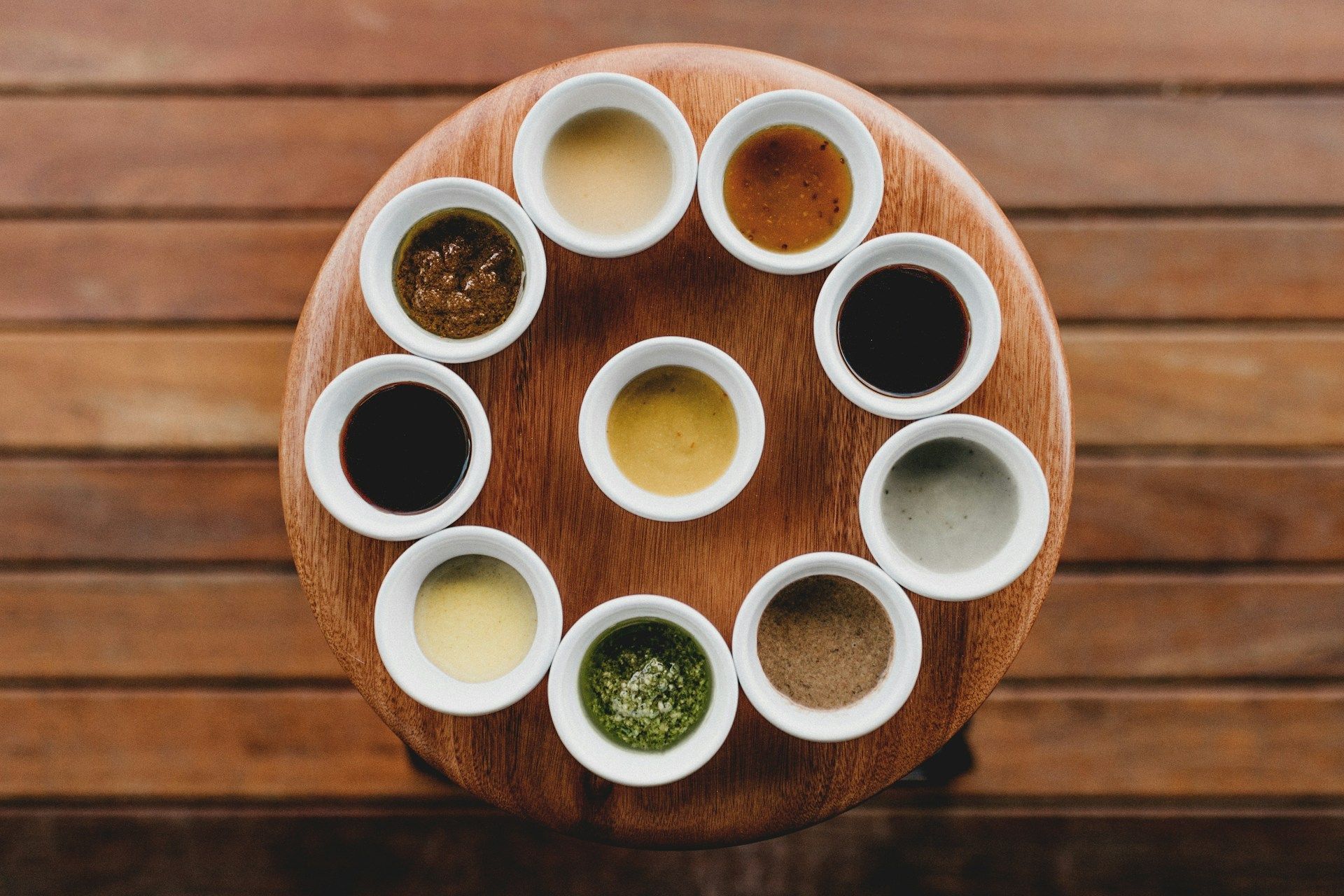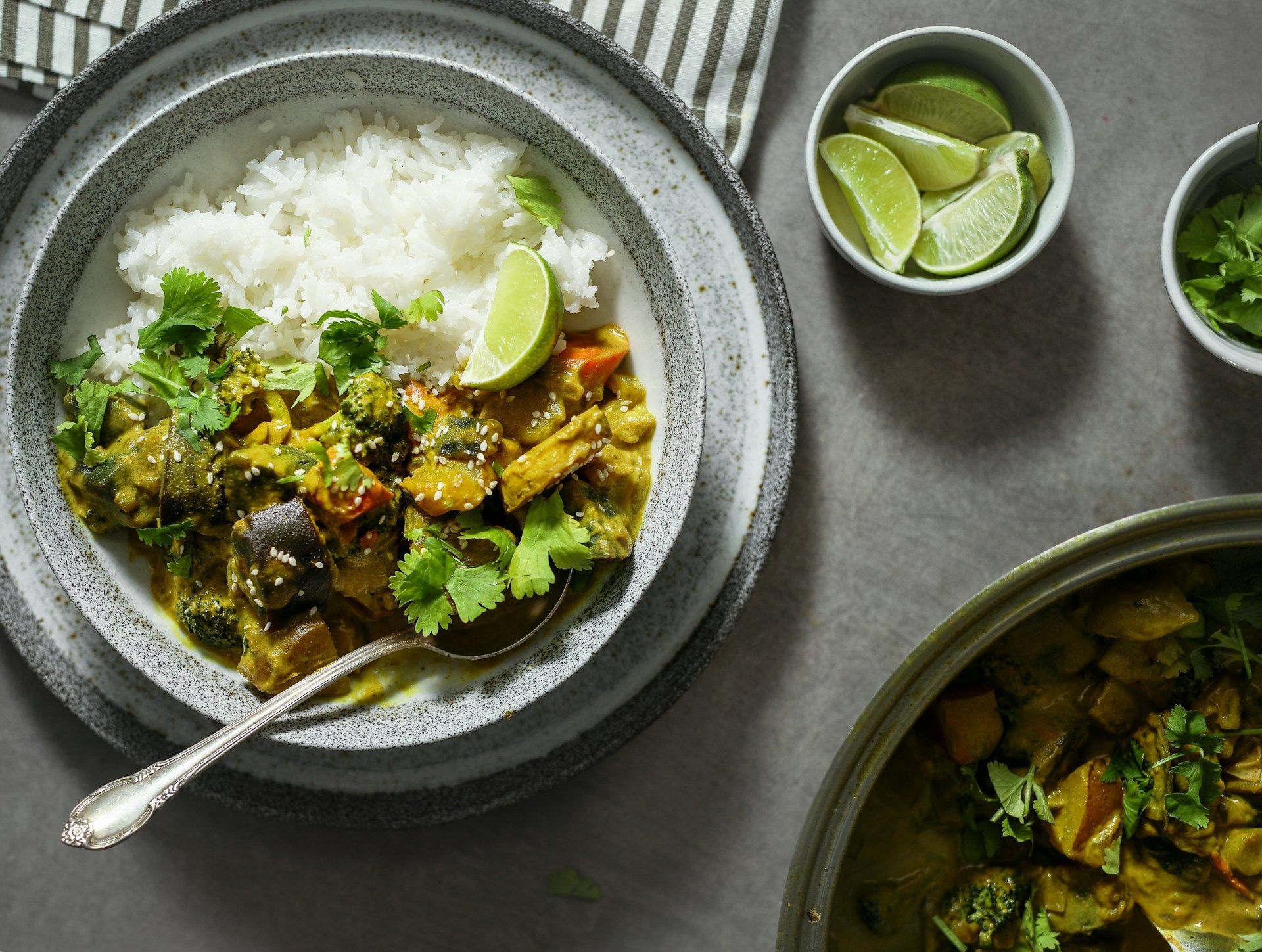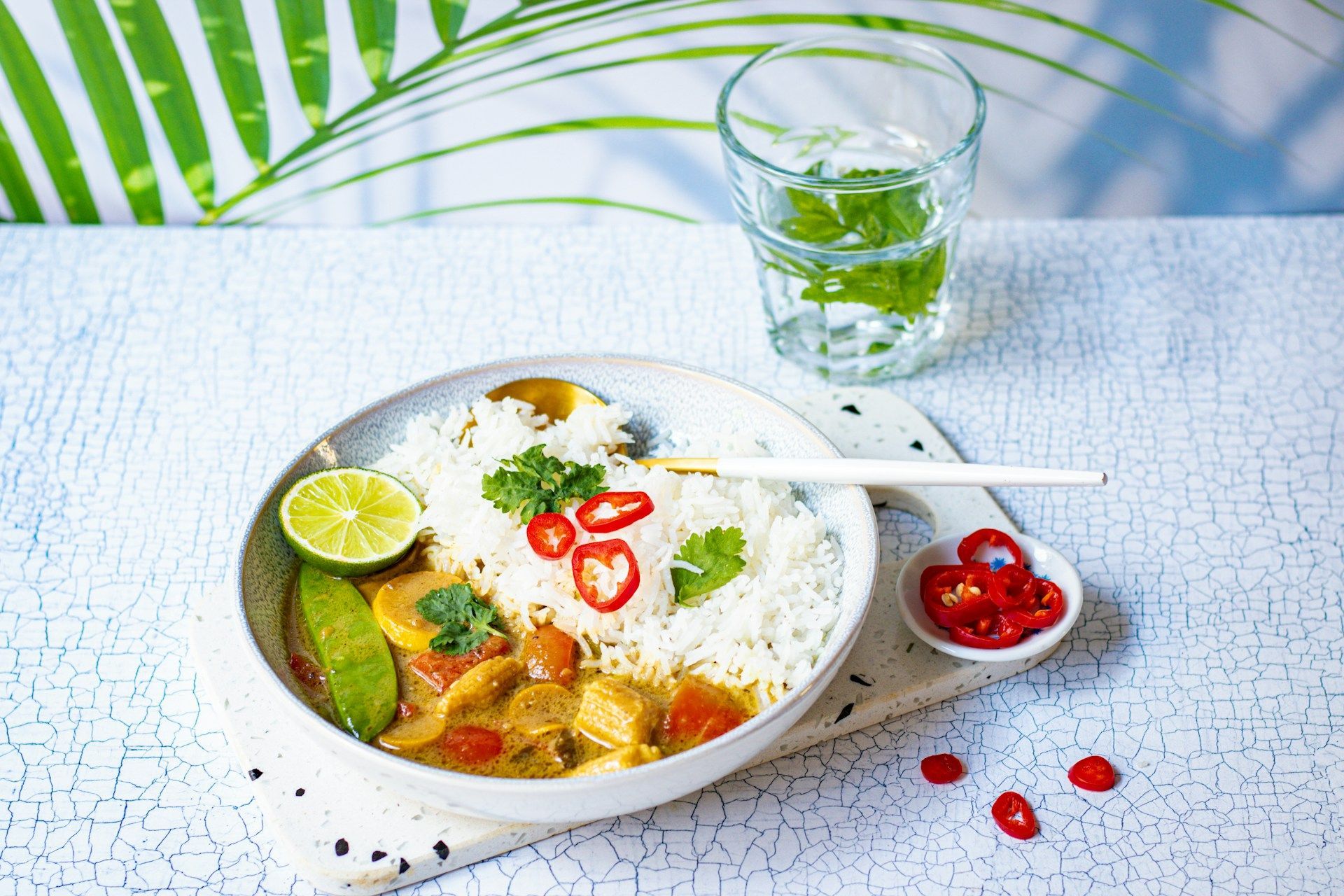Understanding Traditional Indian Cooking Techniques
Traditional Indian cooking is a beautiful art, blending rich flavours and vibrant colours to create dishes that are both delicious and aromatic. At the heart of this cuisine lie techniques passed down through generations, each adding its unique touch to the table. Understanding these methods allows you to appreciate the intricacies involved in cooking authentic Indian food.
The magic of Indian cuisine comes from its diverse cooking styles, developed across various regions of India. Each technique has its charm, from slow-cooked stews that bring out deep, complex flavours to the quick and fiery stir-fries that excite the palate. These time-honoured methods not only enhance the taste but also help preserve the nutritional value of the ingredients used.
Knowing the traditional techniques of Indian cooking can transform your culinary experience. It offers a window into a world where spices and aromas come alive, creating a meal that's both an experience and a celebration. By delving into the wisdom of age-old practices, you can bring the essence of India into your own kitchen, making your cooking journey truly special.
Exploring Traditional Cooking Techniques
Traditional Indian cooking techniques offer a fascinating journey into a world of flavours and aromas. These methods have been crafted over centuries, bringing out the best in each ingredient used. One key method is "tandoori," where food is cooked in a clay oven called a tandoor. This technique imparts a unique smoky flavour and is perfect for baking breads and roasting meats or vegetables.
Another popular method is "dum cooking," which involves slow-cooking in a sealed container. This allows the ingredients to cook in their own juices, enhancing flavours and preserving nutrients. Traditionally used in biryanis and rich stews, this technique results in tender, flavour-locked dishes.
"Tempering" or "tadka" is an essential cooking method, where spices are quickly fried in hot oil to release their essential oils. This method adds depth and aroma to curries and dals and is often the final step in preparing many Indian dishes.
These traditional practices are significant as they not only enhance the taste of the dishes but also preserve the cultural heritage of Indian cuisine. Mastering these techniques lets you create authentic and flavourful Indian meals that tell a story in every bite.
Essential Equipment in Indian Cooking
To successfully execute these traditional techniques, having the right equipment is crucial. These tools enhance both the process and the outcome of your cooking.
- Tawa: A flat, heavy griddle used for making breads like chapatis and dosas. Its even heat distribution ensures perfectly cooked flatbreads.
- Karahi: A deep, round pot resembling a wok, perfect for stir-frying and making curries. Its shape allows for efficient frying with less oil.
- Mortar and Pestle: Essential for grinding spices and pastes to the desired texture. This tool brings out the oils and flavours locked within whole spices.
- Pressure Cooker: Common in Indian kitchens for cooking lentils and beans quickly. It speeds up the cooking process while keeping nutrition intact.
- Spice Box: Known as "masala dabba," it keeps all your essential spices in one place, making it easy to incorporate them into your cooking.
These utensils enhance the cooking process by enabling you to follow traditional recipes with ease. They help in achieving the authenticity and depth desired in Indian cuisine. With the right equipment, you will find it simpler to embrace the rich and varied techniques present in traditional Indian cooking.
Mastering Indian Culinary Techniques
Learning traditional Indian culinary techniques adds a new world of flavours and aromas to your cooking. Two essential methods that bring out the best in Indian dishes are tempering (tadka) and marination.
To execute tempering, heat a small amount of oil in a pan. Once hot, add spices like cumin seeds, mustard seeds, or curry leaves. Let them sizzle and pop to release their aromas. This method adds a burst of flavour to dals and vegetables, making them more aromatic and tasty.
Marination involves soaking food in a mix of spices, yoghurt, and lime juice. This technique tenderises meat and infuses it with layers of flavours. For a classic tandoori chicken, create a marinade with yoghurt, ginger, garlic, and a blend of spices. Let the chicken absorb these flavours for several hours before grilling or baking.
For authentic results, here are some tips:
- Use fresh spices for a robust flavour.
- Allow enough marination time for full absorption.
- Monitor the heat closely to prevent burning during tempering.
By mastering these techniques, you can enjoy cooking Indian recipes with depth and authenticity. These methods enhance simple ingredients, transforming them into extraordinary dishes.
Adapting Traditional Methods for Home Cooks
Traditional Indian cooking might seem complex, but with some adaptations, you can enjoy these flavours in your own kitchen. Simplifying techniques makes them accessible without compromising authenticity.
Start by using pre-prepared spice blends like garam masala to save time while retaining essential flavours. For those who don't have a tandoor, an oven or grill works well for making tandoori dishes. Line a baking tray with foil to mimic the dry heat needed for roasting.
Invest in a non-stick pan for making rotis instead of a tawa. It requires less skill and prevents sticking, simplifying the process for beginners. Pressure cookers are perfect for preparing lentils and beans quickly without needing constant attention.
Adapting traditional recipes involves understanding the core ingredients and techniques. Use these modern tools and substitutes to capture authentic tastes with ease. This way, you can explore Indian culinary heritage in a way that suits your busy lifestyle, all while maintaining the essence of each dish.
Conclusion:
Exploring and mastering Indian cooking techniques brings a new appreciation for the artistry and tradition behind each dish. Whether you’re experimenting with tempering spices or perfecting a marinade, these methods offer a gateway to authentic flavours. By understanding the tools and techniques, anyone can create delicious, traditional Indian meals that impress family and friends.
Invite the spirit of traditional Indian dining into your home. Take a culinary journey with us at Tower Tandoori, an
Indian restaurant in London, where these techniques come alive in our dishes. Our chefs are passionate about preserving and sharing the essence of Indian cuisine, using time-honoured methods to deliver unforgettable flavours. Experience the richness of traditional Indian cooking by visiting Tower Tandoori today!
